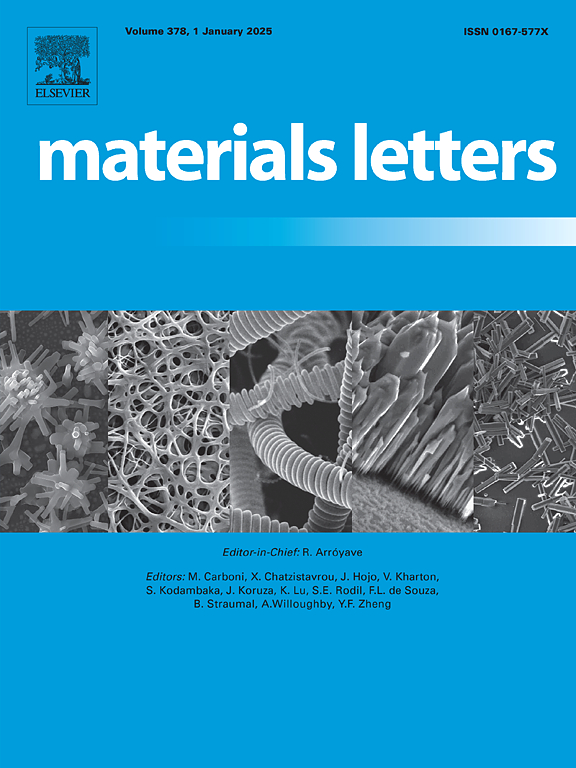Magnetic property of tellurium-infiltrated Inconel 718: First-principles calculations and experimental validation
IF 2.7
4区 材料科学
Q3 MATERIALS SCIENCE, MULTIDISCIPLINARY
引用次数: 0
Abstract
The fission product element tellurium in fourth-generation molten salt reactors is the primary cause of cracking in nickel-based high-temperature alloy components. This paper reports the emergence and origin of magnetism in the tellurium-infiltrated Inconel 718. The source of magnetism is identified through first-principles calculations. The accuracy of the theoretical calculations is confirmed by comparative magnetic attraction experiments. It indicates that the primary source of magnetism after tellurium infiltration is the generation of Cr3Te4 but not NiNbTe2. The magnetism generated by Cr3Te4 provides an additional driving force for their clustering distribution. This study facilitates the understanding of the mechanisms behind crack formation in nickel-based alloy components and potential solutions.
碲渗入因科镍合金 718 的磁特性:第一原理计算和实验验证
第四代熔盐反应堆中的裂变产物元素碲是导致镍基高温合金部件开裂的主要原因。本文报告了碲渗入 Inconel 718 中磁性的出现和起源。通过第一原理计算确定了磁性的来源。比较磁吸引实验证实了理论计算的准确性。结果表明,碲渗入后磁性的主要来源是 Cr3Te4 的产生,而不是 NiNbTe2 的产生。Cr3Te4 产生的磁性为它们的聚类分布提供了额外的驱动力。这项研究有助于了解镍基合金部件裂纹形成的机理和潜在的解决方案。
本文章由计算机程序翻译,如有差异,请以英文原文为准。
求助全文
约1分钟内获得全文
求助全文
来源期刊

Materials Letters
工程技术-材料科学:综合
CiteScore
5.60
自引率
3.30%
发文量
1948
审稿时长
50 days
期刊介绍:
Materials Letters has an open access mirror journal Materials Letters: X, sharing the same aims and scope, editorial team, submission system and rigorous peer review.
Materials Letters is dedicated to publishing novel, cutting edge reports of broad interest to the materials community. The journal provides a forum for materials scientists and engineers, physicists, and chemists to rapidly communicate on the most important topics in the field of materials.
Contributions include, but are not limited to, a variety of topics such as:
• Materials - Metals and alloys, amorphous solids, ceramics, composites, polymers, semiconductors
• Applications - Structural, opto-electronic, magnetic, medical, MEMS, sensors, smart
• Characterization - Analytical, microscopy, scanning probes, nanoscopic, optical, electrical, magnetic, acoustic, spectroscopic, diffraction
• Novel Materials - Micro and nanostructures (nanowires, nanotubes, nanoparticles), nanocomposites, thin films, superlattices, quantum dots.
• Processing - Crystal growth, thin film processing, sol-gel processing, mechanical processing, assembly, nanocrystalline processing.
• Properties - Mechanical, magnetic, optical, electrical, ferroelectric, thermal, interfacial, transport, thermodynamic
• Synthesis - Quenching, solid state, solidification, solution synthesis, vapor deposition, high pressure, explosive
 求助内容:
求助内容: 应助结果提醒方式:
应助结果提醒方式:


